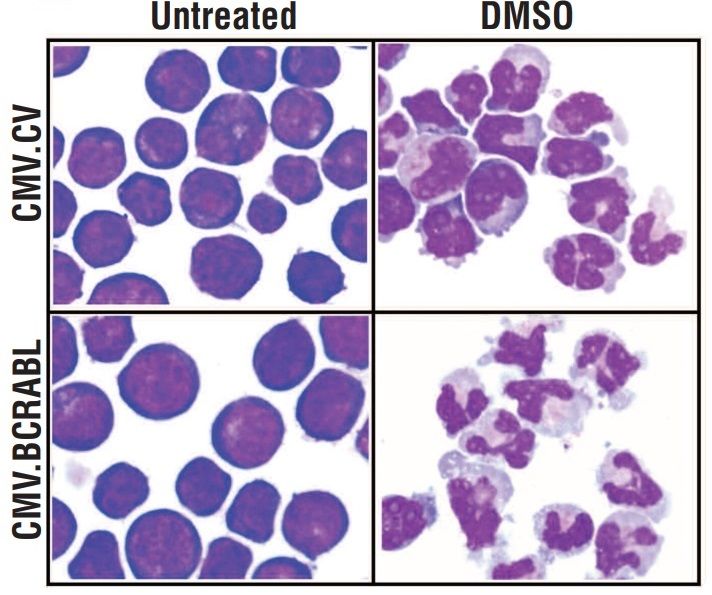Product List Background
Background
Creative Biolabs offers a wide range of high-quality aptamers targeting HL60 acute myeloid leukemia cells, aiding researchers in enhancing their experiments and studies. We uphold our standards for excellence, and we are dedicated to supporting your research in biology.
Introduction
HL-60 is a human leukemia cell line currently used in scientific research. It is initially isolated from a 36-year-old human female patient with acute promyelocytic leukemia. The HL-60 cell line is an excellent in vitro model for studying cellular and molecular processes associated with the growth and maturation of specific cells. These cells include normal and leukemic cells from the granulocyte/monocyte/macrophage lineage. The cell line can differentiate spontaneously or under the stimulation of butyrate, hypoxanthine, phorbol myristic acid (PMA, TPA), DMSO (1% to 1.5%), actinomycin D, and retinoic acid. After PMA stimulation, TNF-α may be released. These cells exhibit phagocytic capability, respond to chemotaxis, show positivity for the oncogene myc, and display the presence of complement receptors and FCR (a medication).
Function
Unlike most fresh myeloid leukemia cells cultured in suspension, which have limited cell divisions until growth arrest and cell death occur, HL-60 promyelocytic leukemia cells can continue to proliferate. HL-60 cells play an essential role as a model system in studying the effects of oncogene structure and expression on normal/leukemic cell proliferation and differentiation. Several mutations involving specific cellular oncogenes have been found, further confirming that cancer is caused by a series of mutations rather than a single mutation. In addition, studies on HL-60 have provided essential insights into the relationship between the expression of specific oncogenes and the differentiation of specific hematopoietic lineages.
 Fig.1 Cell differentiation of HL60 cells.1
Fig.1 Cell differentiation of HL60 cells.1
HL-60 cells are one of many cell lines that can be used for cancer research. It can be used to evaluate chemotherapeutic drugs and as a model for vaccine targets after differentiation. The effects of physiological, pharmacological, and viral factors on myeloid differentiation can be investigated using HL-60 cells. The impact of DNA topoisomerase IIα and IIβ on cell differentiation and apoptosis has been studied by researchers using the HL-60 cell model, especially in electrophoresis research. In addition, HL-60 cells can be used to observe apoptosis (programmed cell death). For instance, researchers have utilized HL-60 cells to investigate if intracellular calcium is involved in activating of caspase triggered by reactive oxygen species.
Creative Biolabs provides various acute myeloid leukemia cells (HL60) products to fulfill your diverse experimental requirements.
Reference
-
Engler, Jane R., et al. "OCT-1 function varies with cell lineage but is not influenced by BCR-ABL." Haematologica 96.2 (2011): 213.


 Datasheet
Datasheet Fig.1 Cell differentiation of HL60 cells.1
Fig.1 Cell differentiation of HL60 cells.1
